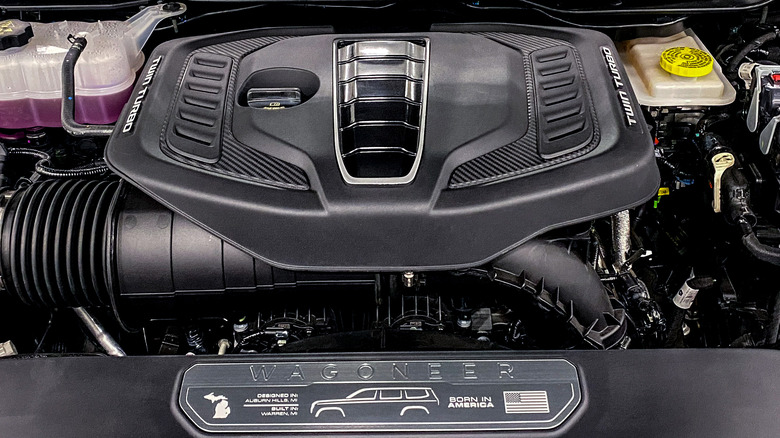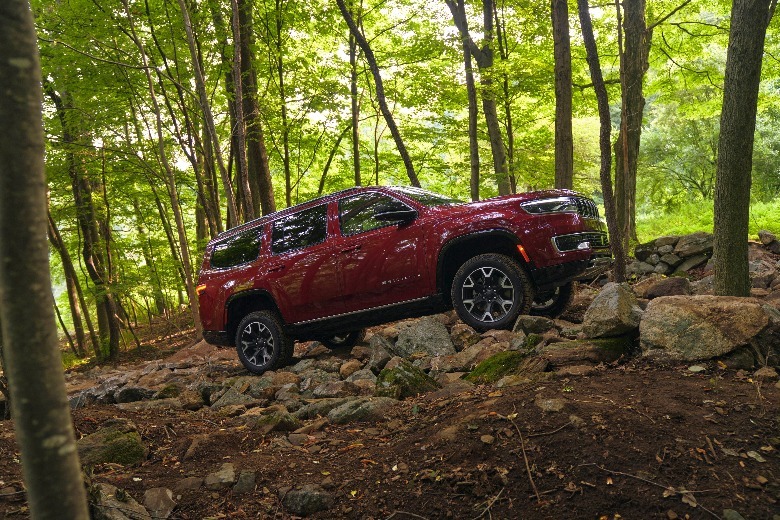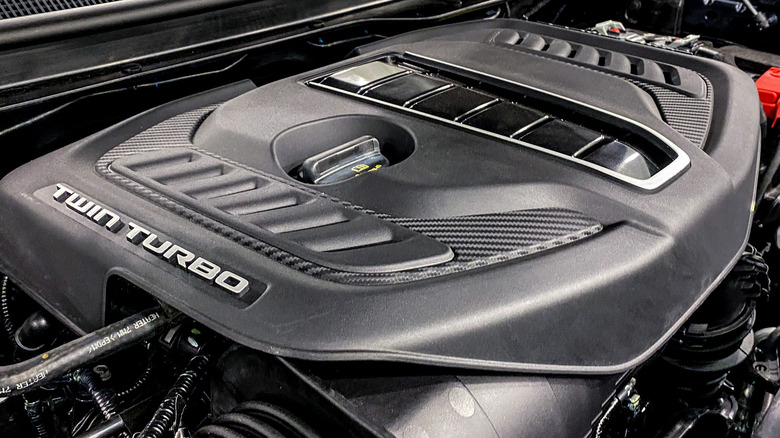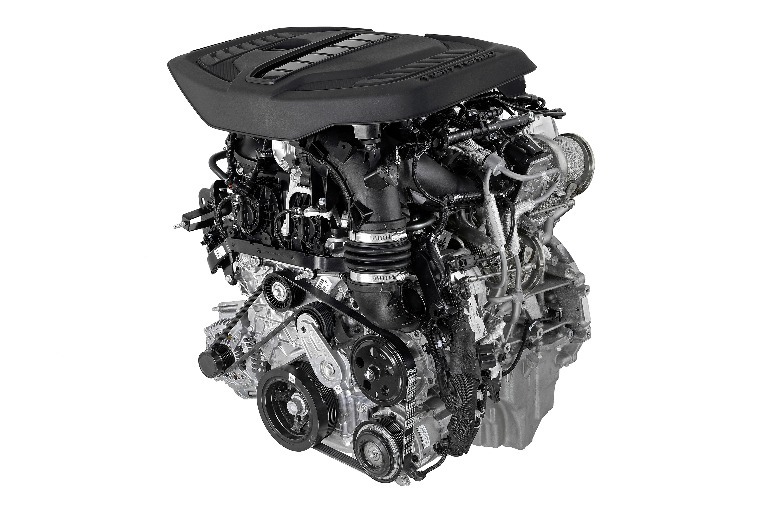Why Stellantis' Twin Turbo I-6 Engine Deserves Its Hurricane Name
Global auto giant Stellantis debuted its all-new twin-turbocharged inline-six engine in 2022, giving it the "Hurricane" nickname for its prodigious power output. Aiming to reduce emissions and improve fuel economy while providing the pull of a muscular V8, the Stellantis Hurricane Twin-Turbo heralds the departure of a cultural icon that has graced the engine bays of muscle cars, racing cars, and American sedans since the early 1900s.
The Hurricane twin-turbo inline-six offers 3.0 liters of displacement and is available in two variants. The Standard Output (SO) provides upwards of 400 horsepower and 450 pound-feet of torque. Meanwhile, the High Output (HO) Hurricane engine produces 500 horsepower and 475 pound-feet of torque. The SO version debuted in the 2023 Wagoneer L, while the HO variant first saw action in the Grand Wagoneer L.
Moreover, the 2024 Jeep Wagoneer is no longer available with a 5.7-liter Hemi V8. Instead, all Jeep Wagoneers get the Hurricane SO engine with 420 horsepower and 468 pound-feet of torque, more than the 392 horses and 404 pound-feet the old V8 delivered.
Robust internals
It's no mystery how Stellantis engineers made their new Hurricane twin-turbo inline-six more powerful and fuel-efficient than a V8. Stellantis claims "V8-rivaling performance" and up to 15% better fuel economy, all without sacrificing towing capability.
Hurricane twin-turbo engines feature a deep-skirt, cast aluminum block, a structural aluminum alloy oil pan, forged steel crankshafts, cross-bolted steel main bearing caps, and forged steel connecting rods. Meanwhile, there are two turbochargers that each feed three cylinders with boost. The Hurricane twin-turbo SO delivers 22 psi of peak boost, while the HO variant provides 26 psi.
Stellantis paid close attention to minimizing friction and wear, especially during heavy-duty scenarios. Hurricane engines have PTWA coating in the cylinders, offering up to 10 times the wear resistance of pressed-in or cast-in-place cylinder liners. Moreover, the PTWA coating enables better heat transfer and more efficient cooling.
Helping the cause are forged aluminum pistons (with diamond coating on the pins to reduce friction), dual overhead camshafts, centrally-mounted direct fuel injectors, a water-to-air intake cooler, a variable displacement oil pump, and a high-flow thermostat. Finally, there's a more robust engine stop-start system to maximize fuel economy.



